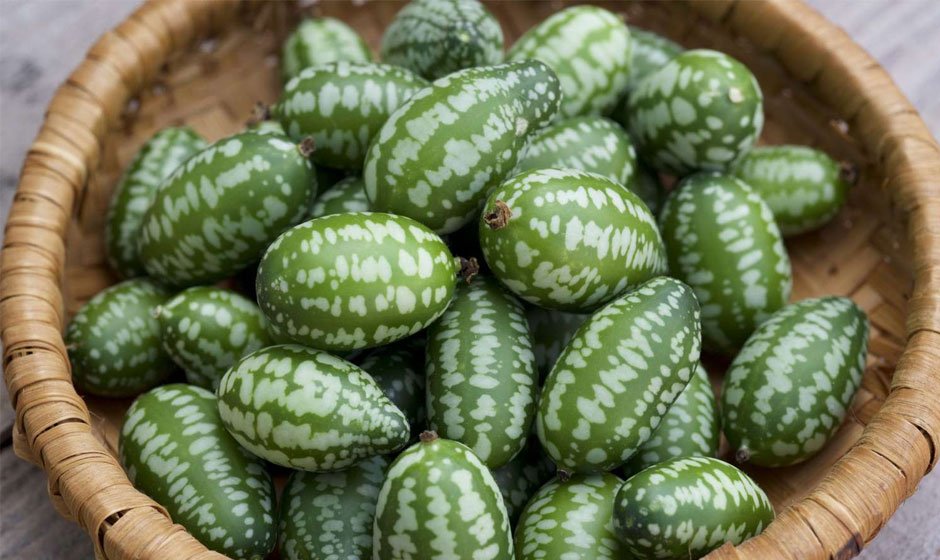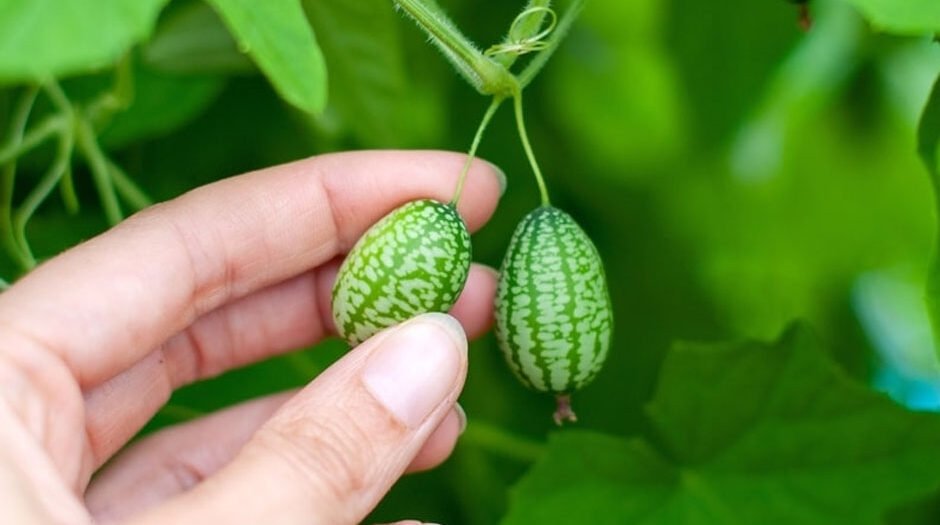Cucamelons are small fruit resembling watermelons but tasting like cucumber with lime. They are a pretty addition to any garden and add unique flavor to salads and dishes. Growing and caring for cucamelon seeds in your garden is relatively easy. You can read about the process from planting to harvest.
Planting Cucamelon Seeds
Choosing the Right Time
Planting cucamelons requires warm weather. These should be transplanted after the last frost in hot soil in late spring or early summer. Starting the seedling indoors from 4-6 weeks before the last frost date may get you started on growing.
Preparing the Soil
Cucamelons favor loose, organic soil. Prep the garden bed for planting by adding compost or well-rotted manure. The soil pH must be 6.0 to 7.0. Cucamelons prefer a raised bed or a draining garden plot as they do not do well in waterlogged soil.
Sowing the Seeds
Cucamelon seeds should be planted 1/2 inch deep in soil. Starting indoors; use seed trays or small pots with a seed-starting mix. Maintain a moist, but not waterlogged soil. Then place the trays or containers in a warm and sunny location or under grow lights. Seeds usually germinate in 7-14 days.

Transplanting Seedlings
Hardening Off
Before transplanting the seedlings to the garden, harden them off. This gradually exposes young plants to outdoor conditions for a week. Start with a few hours outside a day and increase the time and strength of the exposure to sunlight and wind.
Planting in the Garden
When the seedlings have hardened off and the risk of frost has passed, transplant them within the garden. Plant them about 12 inches apart in rows of 3 feet apart. Cucamelons are climbers, so you need to provide a trellis or support for them to grow on. This saves space, keeps fruits clean and harvesting easier.
Caring for Cucamelon Plants
Watering
Healthy cucamelon plants need constant moisture. Water the plants often, especially during dry spells. Be careful not to overwater – cucamelons do not like wet soil! Mulch around the plants may keep soil moist and suppress weeds.
Fertilizing
Cucamelons require periodic feeds during the growing season. Use a balanced all-purpose or a high-potassium fertilizer to stimulate fruiting. Organic options include compost tea and fish emulsion too. Apply fertilizer as directed by the manufacturer 4-6 weeks apart.
Pest and Disease Control
Cucamelons are somewhat pest resistant compared to other cucurbits. But they might still be harmed by typical garden pests as aphids, spider mites and whiteflies. Inspect your plants often and treat infestations with insecticidal soap/neem ointment. Air circulation and avoiding overhead watering may also prevent powdery mildew.
Harvesting Cucamelons
Cucamelons are harvested 60-70 days after plantation. The fruits are about the size of grapes and should be picked when firm and green. Unripe cucamelons become brown or even soft. Regular harvesting increases fruit production.
Using and Storing Cucamelons
Cucamelons are great for cooking. Sieves can be eaten raw, in salads, pickled or as garnish for cocktails. Cucamelons store best in a perforated plastic bag in the refrigerator. They can last for two weeks if stored this way.
Growing and caring for cucamelon seeds in your garden will yield plenty of the little fruits. Follow these steps to enjoy cucamelons year round. It’s easy to plant and harvest cucamelons in any home garden.



